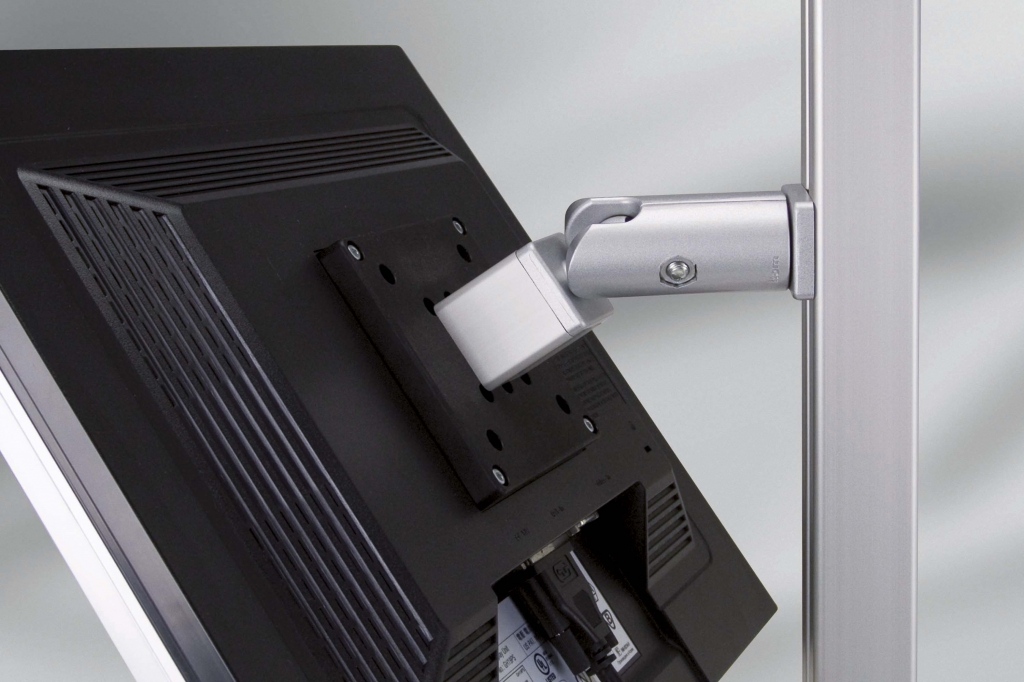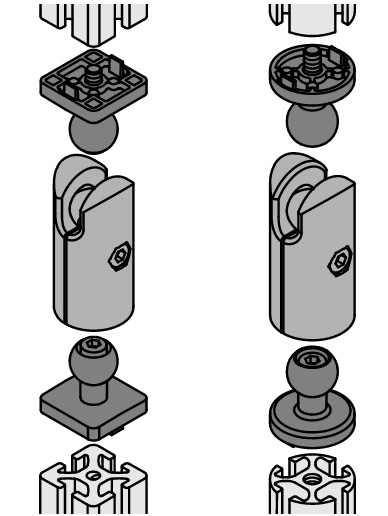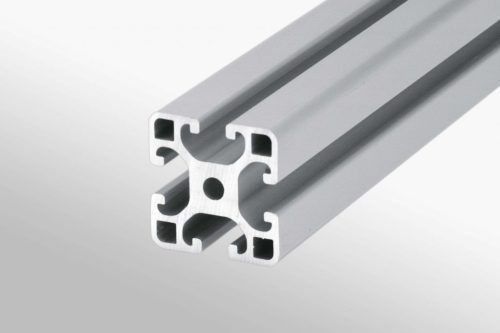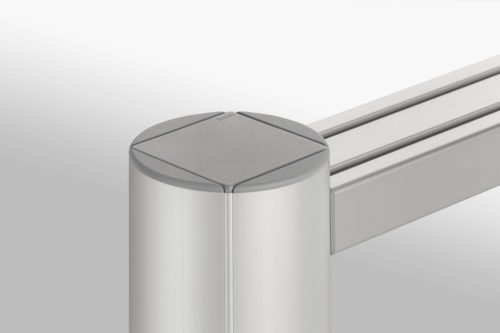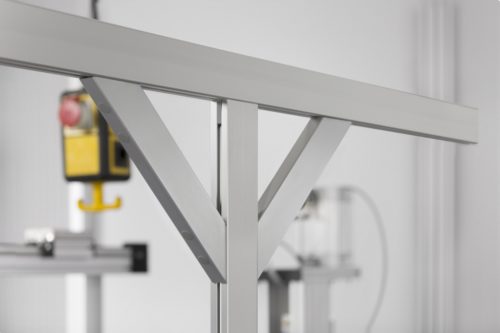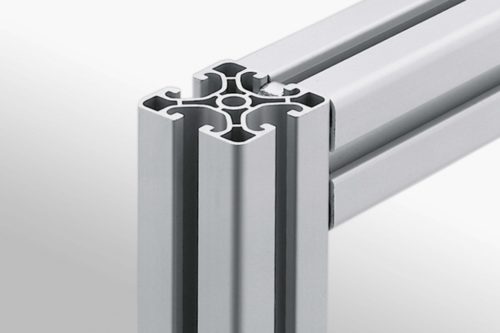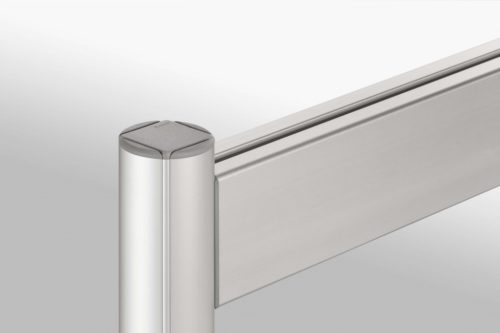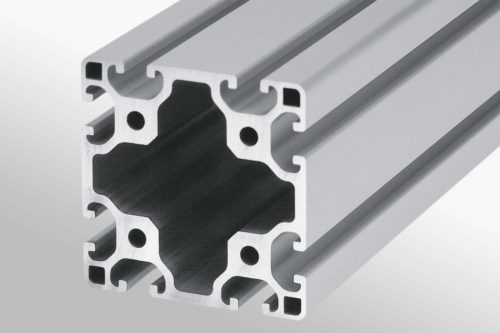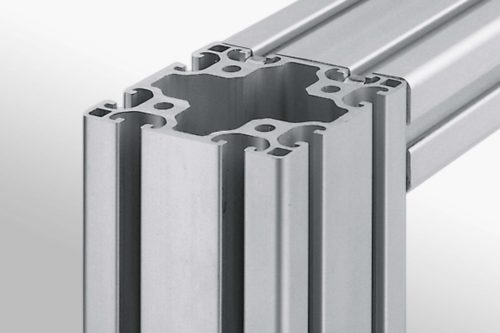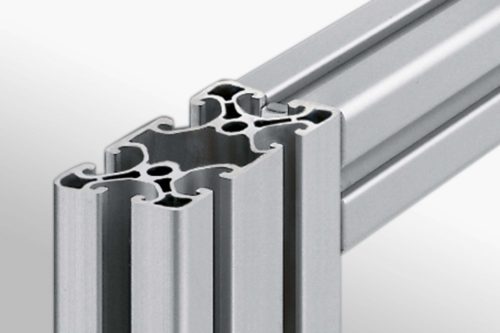Description
Ball Joint 8 is used to interconnect Line 8 profiles at any chosen angle. It can be screwed into the profile groove or into the end face of the profile.
Ball Joints can be used for lightweight adjustment devices and for connecting and stabilizing diagonals.
Ball Joint 8 is also available in a variation with a Clamp Lever for rapid manual adjustments.
- 2 hinge halves, die-cast aluminum, RAL 9006 white aluminum
- Hexagon Socket Head Cap Screw M8x30, St, bright zinc-plated
- Hexagon Nut M8, St, bright zinc-plated
Max. tightening torque of central securing screw M8: MA = 25 Nm
Permissible loading moments for Ball Joint 8: Deflection MB = 2 Nm
Torsion T = 3 Nm
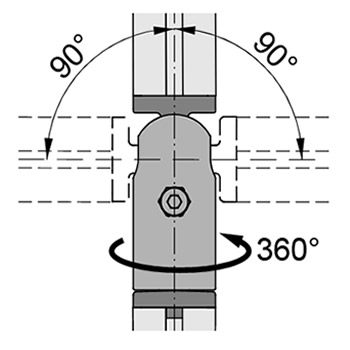 |
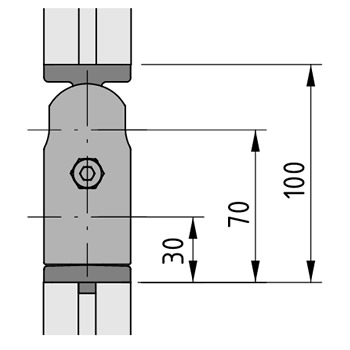 |
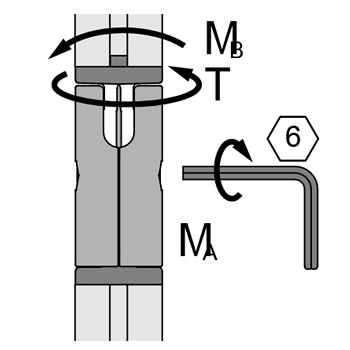 |
